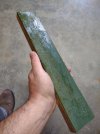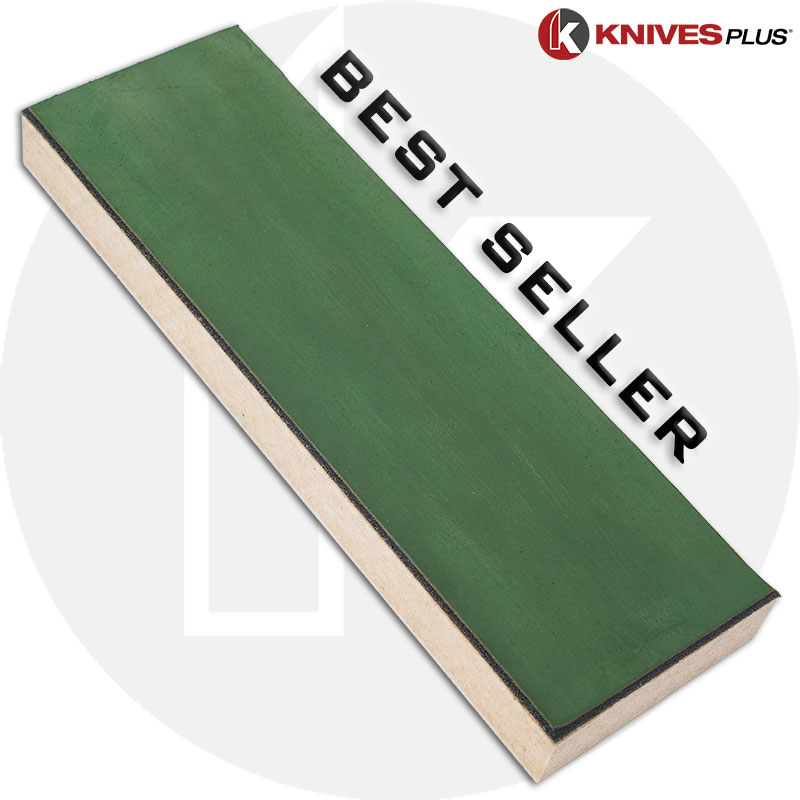Ok, I'll admit that when I think of a leather strop for sharpening I have an image of a straight razor being tuned up for a shave.
Looking around the web, there is a lot of stuff being pushed for sale with various claims. With modern 'super' steels, I question if they are effective and at what point they become a good option.
Then, assuming you want to try one, what is a good "value" and where should you shop for a strop? What about compounds? Do you need two strops to run different compounds?
In my case, I am thinking about polished edges on slip joints and smaller fixed blades used for camping with food prep included as part of the experience of camp life. Right now I have a Fallkniven CC4 and Smith dual-side diamond sharpener so, 320/750 grit for rough work and ~1,000/~8,000 for finer work.
TIA,
Sid
Looking around the web, there is a lot of stuff being pushed for sale with various claims. With modern 'super' steels, I question if they are effective and at what point they become a good option.
Then, assuming you want to try one, what is a good "value" and where should you shop for a strop? What about compounds? Do you need two strops to run different compounds?
In my case, I am thinking about polished edges on slip joints and smaller fixed blades used for camping with food prep included as part of the experience of camp life. Right now I have a Fallkniven CC4 and Smith dual-side diamond sharpener so, 320/750 grit for rough work and ~1,000/~8,000 for finer work.
TIA,
Sid


